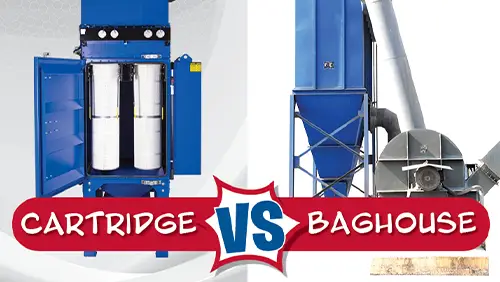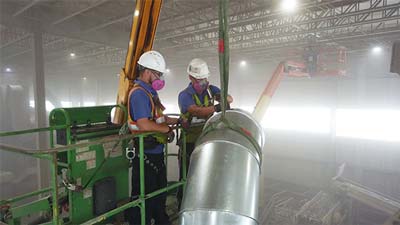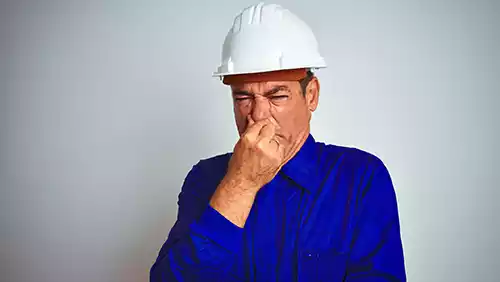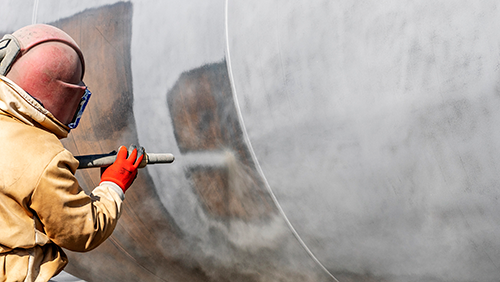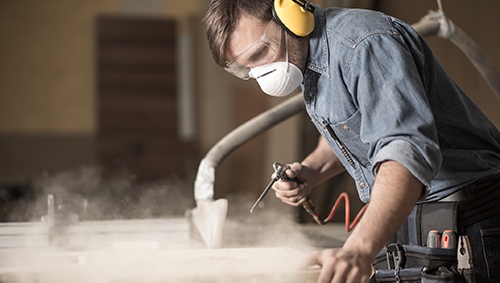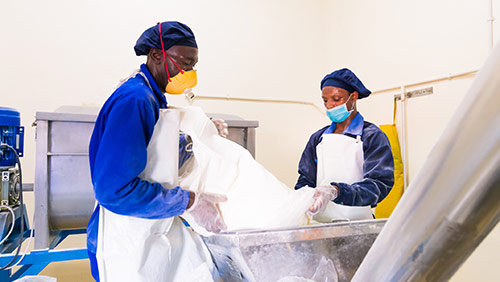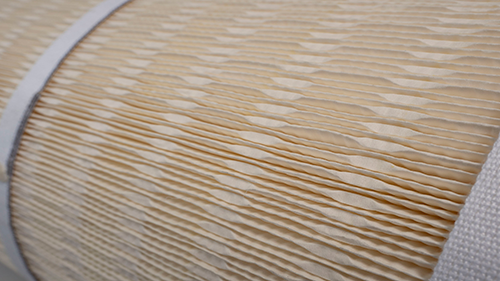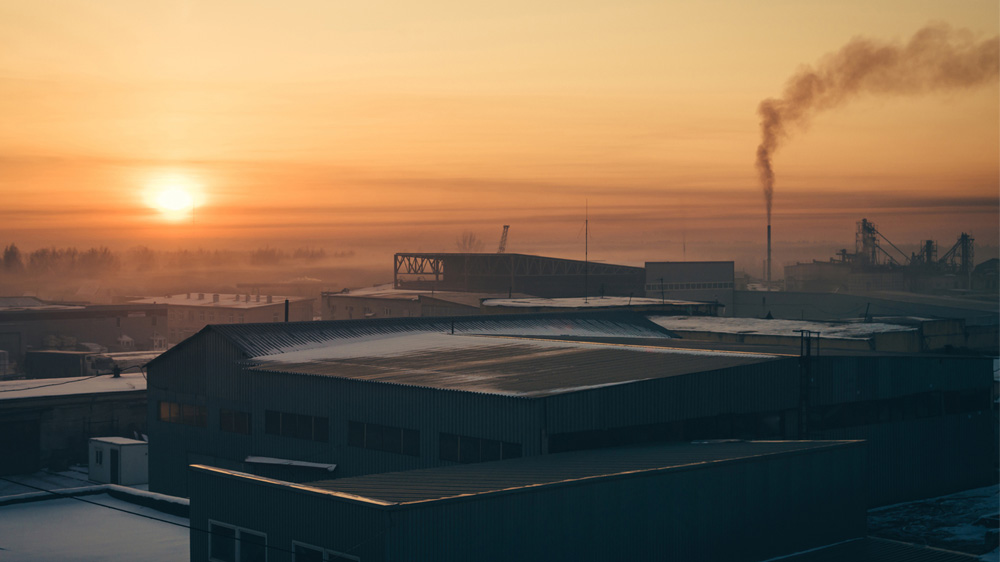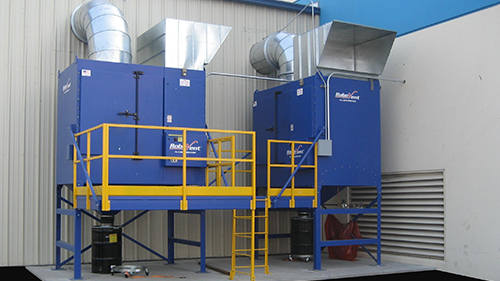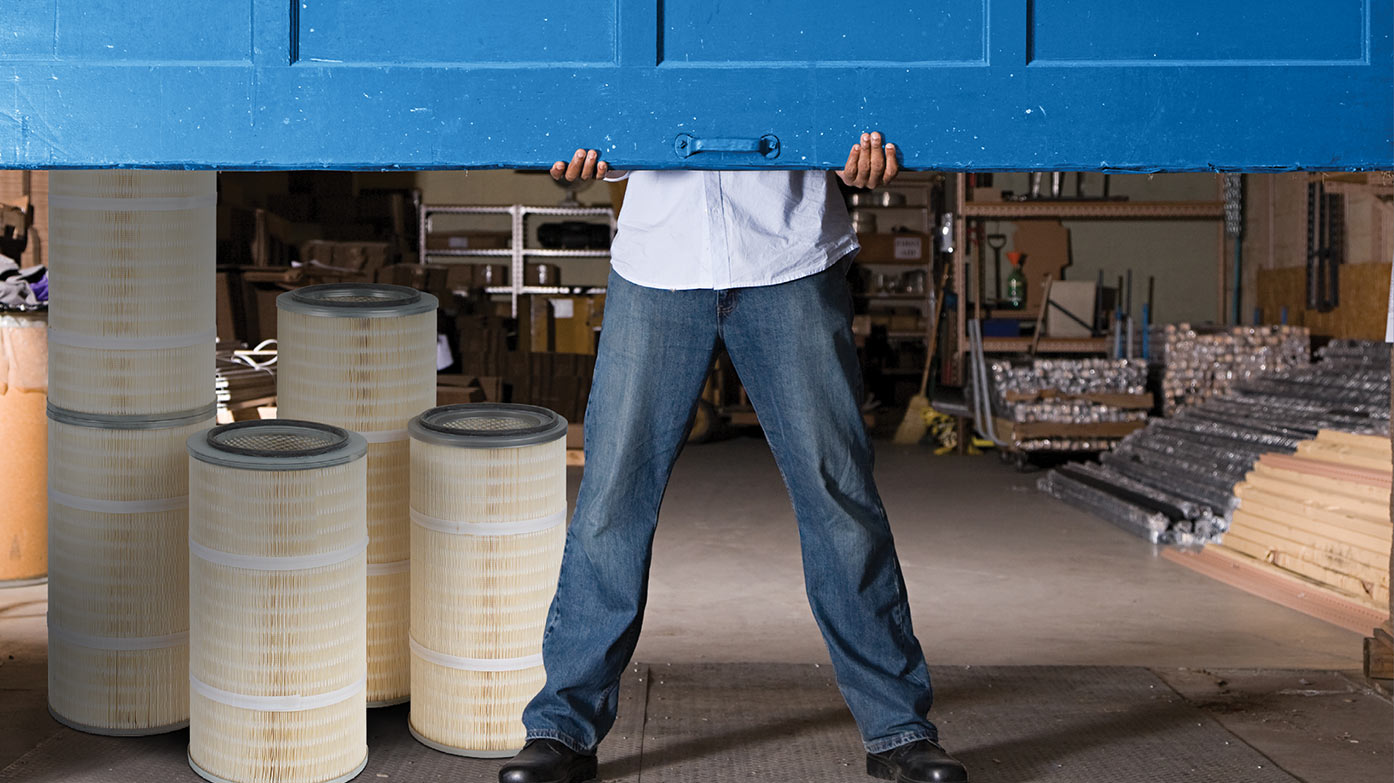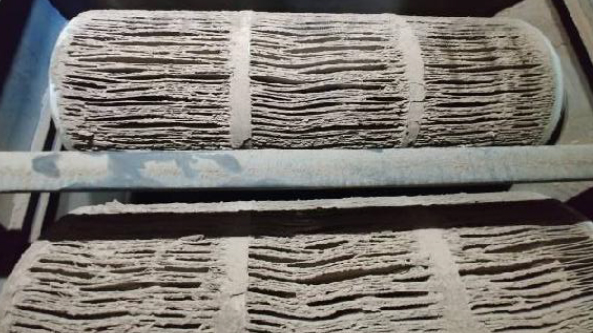BLOG: FEATURED ARTICLE
Baghouse vs. Cartridge Dust Collectors: What’s the Difference?
When it comes to industrial dust collection, choosing the right system is critical for efficiency, performance, and compliance. Two of
Three Factors for Successful Industrial Dust Collector Installation
An industrial dust collection system is complex—if it’s not installed correctly, you won’t get the results you’re looking for. That’s why competent, expert installation
A Smelly Situation: Integrated Dust Collection and Odor Control
Are you dealing with noxious smells and odors on top of dust and fumes? You’re not alone. Many industries—such as recycling and waste material
Dust Control Solutions for Abrasive Dust
What kind of dust collector do you need for abrasive dust? Heavy, abrasive dust produced by surface preparation, abrasive blasting, mining and mineral processing,
Dust Control Solutions for Ultrafine and Fine Dust
Are you looking for dust control solutions for fine or ultrafine dust? Fine and ultrafine dust are produced by many industries, including plastics, food
Industrial Dust Collector Must-Haves for Bulk & Powder Applications
What kind of industrial dust collector do you need for bulk solids and powders? Bulk & powder applications typically generate heavy volumes of dust,
Mitchell Metal Products: Supporting the Wreaths Across America Campaign
On Memorial Day, we join with all of you to remember and honor the sacrifices made by our soldiers, sailors, airmen and marines. At
Understanding Cartridge Dust Collector Pricing
If you’re in the market for a cartridge-style industrial dust collector, you’re probably in the process of comparing multiple bids. But to make an
How Often Should You Change Filters in Winter?
In cold weather, your dust collector and HVAC filters should be inspected and changed more frequently. That’s because your systems are working harder in
Winterizing Your Outdoor Dust Collector and Filters
Is your dust collector located outside your facility? If the answer is yes, there are a few steps you should take each fall to
Cold Weather and Indoor Air Quality (IAQ)
When the weather turns colder, indoor air quality (IAQ) can deteriorate. During the winter months, it is especially important to take care of your
How Colder Weather Impacts Your Dust Collector Filter
Your dust collector filter needs a little more TLC in the winter months. Here’s why: During colder weather, facility doors and windows are usually
How Do You Know When Dust Collector Filters Need to Be Changed?
Your dust collector cartridge filter should be changed when it shows signs of excess loading or wear. Here’s what to look for to determine


